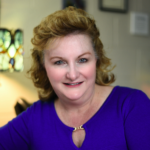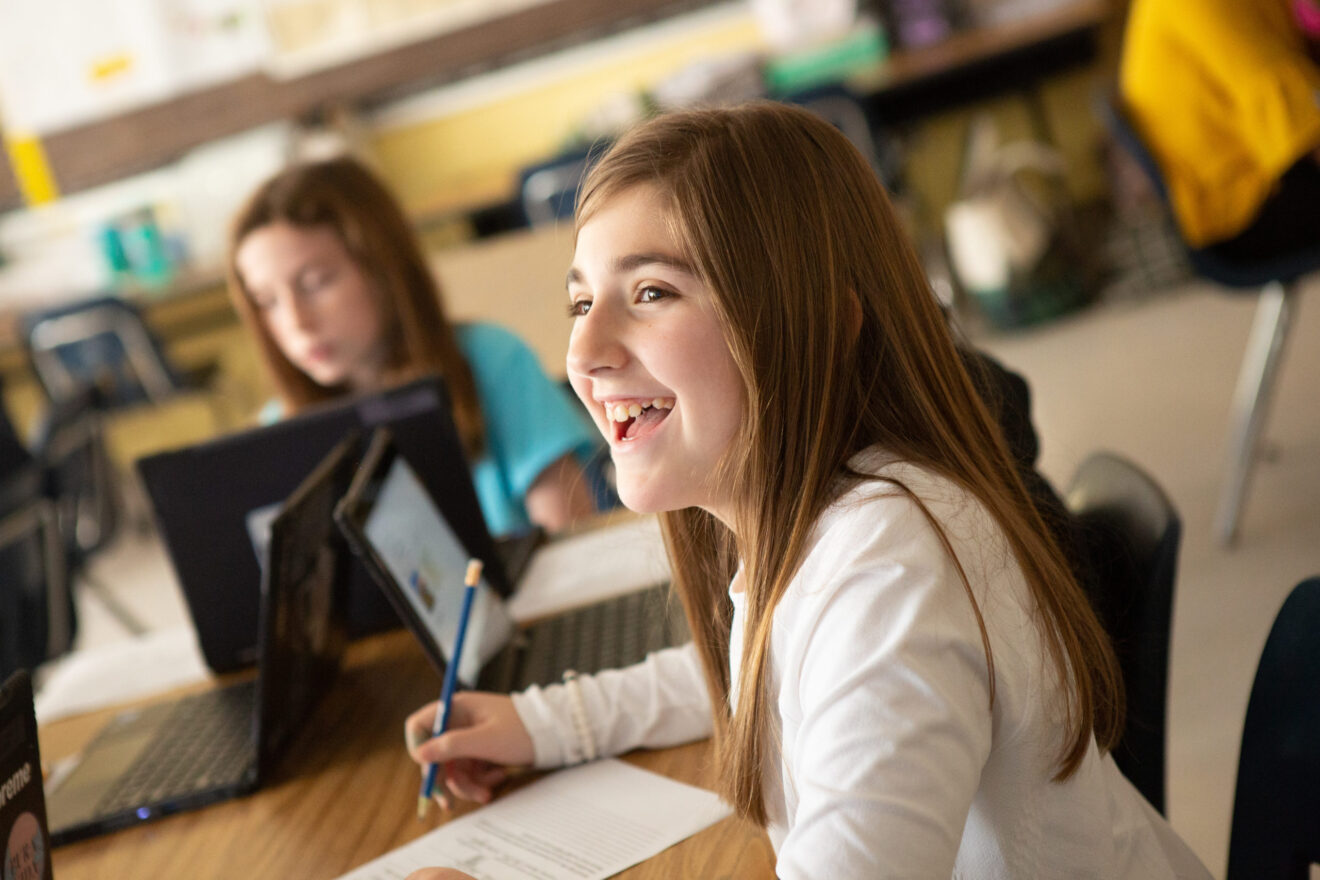Think about your classroom learning and assessment: Are your students like the passengers or the employees on an airplane?

Ever been a passenger on an airplane? You check in at the terminal, board the plane when called, find your seat and buckle your seatbelt, listen to take-off and landing instructions and then you wait passively (and maybe enjoy a snack provided for you) for the plane to take you from point A to point B.
But what about the airplane employees? Someone takes and loads your luggage, airplane employees greet you at the door, they walk through to check overhead storage bins, give instructions, actively monitor the flight (and perhaps operate a snack cart) while the pilot submits the flight plan, navigates weather conditions, flies the plane and takes the passengers from point A to point B.
What might happen if you were to flip the script with your students and provide opportunities to have them be more like the employees rather than the passengers on an airplane?
Are there ways to have students take more ownership, be more active, and reflect on their learning throughout the learning and assessment journey?
Why students need to own the learning and assessment process
Too many students (and a growing number since the pandemic teaching years) are lower-achieving, passive, compliant or adult-dependent learners. These traits do not serve them well as learners in our classrooms or as future employees in the workplace.
“What we need are learners who understand their current performance, recognize the gap between their current performance and the expected performance, and select strategies to close that gap,” Nancy Frey, John Hattie and Douglas Fisher write in “Developing Assessment-Capable Visible Learners.”
It is important for students to engage in activities and processes that help them accurately reflect on their own learning progress. But how frequently do we give students chances to do that?
In my work as an instructional coach, professional learning communities in our building adhere to the 4 PLC Questions in “Learning by Doing: A Handbook for Professional Communities at Work” by Richard DuFour, Rebecca DuFour, Robert Eaker and Thomas Many. The second question of learning in a PLC is “How will we know if students are learning?”
While it is essential for the adults in the PLCs to be able to answer this question, it is also critical that our students be able to answer the question, “How will I know if I am learning?” Students must become skilled at answering this question to advance their own learning.
In “Classroom Assessment for Student Learning — Doing It Right, Using It Well,” Jan Chappius and Rich Stiggins share that assessment is most powerful when students “are examining, interpreting, and acting” on information about their own performance. Having students become critical thinkers and partners in the assessment and learning process helps students receive more feedback and have agency in creating a learning path forward.
What might this look like in a classroom
1. Ownership with learning choices
Collaborative PLC teams use assessments to inform their own instruction in two ways: helping all students master every outcome and identifying instructional practices that are working and not working.
But what if PLCs also developed strategies to encourage students to inform their own learning?
How might we better equip students with tools for learning?
Our seventh grade English-language arts PLC team of Kate Frentz, Caroline Shearer and Greg Eckert set out to do just that. In their “Unit 2 Study Guide” for students, they asked students to pick their study strategies from five different categories and submit a chart of evidence of their work on our Learning Management Platform Canvas. This was due the day before the test.
In part one of the study guide, students had access to study strategies, time management strategies, practice links and choices of advanced or bonus study strategies to try. In part two of the study guide, students had a practice section with analysis and application, and this section was also due the day before the test.
Instead of just covering content with students, the teachers are helping their students learn by offering choices and resources to guide their learning. After all, not all tools work for every student.
2. Active learning
We know that intentional practice and active learning are key to building skills and expertise. You don’t get good at something you don’t do. Watching a lot of sports, for example, doesn’t improve your own athletic performance.
However, sometimes students don’t engage in practice. There might be many reasons for this: avoidance of failure, inability to structure the task or motivation to work, just to name a few. But practice is fundamental to learning, and, as teachers, we need to be able to help students get to the root of the issue and create an action plan to help students practice successfully.
How can we do that?
Seventh-grade ELA teacher Caroline Shearer created a written “Late Assignment Reflection Sheet” that she has students complete and then conferences with them. Throughout this process, she supports them to replace behaviors and tools that are not working and create an action plan to move forward.
3. Learning and assessment reflection
Formative and summative evaluations are essential pieces of an effective PLC. They signal strengths, celebrations, gaps and opportunities for improvement to teachers.
But what if students were invited into this process by becoming actively engaged in viewing data, answering reflective questions, and taking action or setting up the next steps for learning? They would be better prepared to gauge their own progress, identify for themselves what the next steps could be, and provide feedback to the teacher that they may not have without seeking student input.
Seventh-grade science teacher Dawn Templeton created an “Ecology Assessment Reflection” using Google Forms, and you can view the types of questions she asked from a linked copy. She had students reflect on their performance from their assessment results, their actions during class, their student skills and how they learn best. She ended the survey with questions such as“What did you like about the way you learned during this unit?” and “What do you intend to change?” She then followed up with a classroom discussion with students, and students created a personalized action plan the following day.
The three examples above are ways that teachers have invited students to partner with them in learning and assessment.
What might happen for our students if we as teachers and instructional coaches were to adjust our perspective that perhaps our fundamental mission wasn’t just teaching subject-area content (i.e., math, ELA, science, social studies, etc.), but instead our number one goal was to equip students so that our students know how to learn?
Donna Spangler is the K–12 instructional coach department chair for Derry Township School District in Hershey, Pa. She served as past co-president of the board for the Learning Forward PA, ran a school induction and mentoring program for six years and has co-authored a book. She also provides virtual coaching for Sibme.
Opinions expressed by SmartBrief contributors are their own.
_________________________
Subscribe to SmartBrief’s FREE email ASCD newsletter to see the latest hot topics in education. It’s among SmartBrief’s more than 250 industry-focused newsletters.
